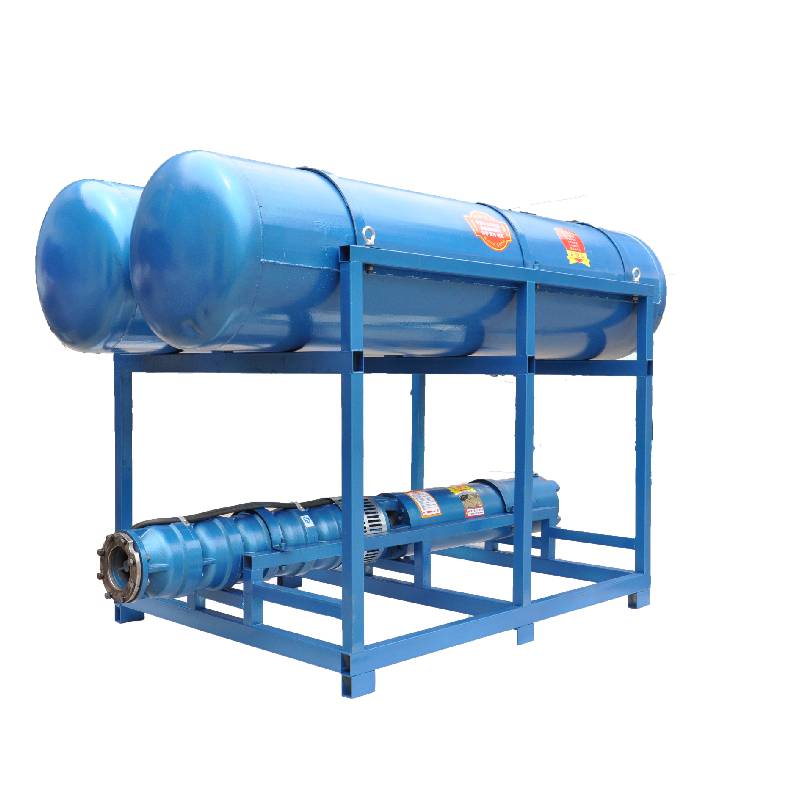Nov . 19, 2024 07:20 Back to list
Steps for Installing a Submersible Well Pump Effectively and Safely
How to Install a Submersible Well Pump
Installing a submersible well pump can be a challenging yet rewarding task for homeowners looking to access underground water sources. A submersible pump is designed to be submerged in a well and pumps water to the surface efficiently. Here’s a step-by-step guide to help you through the installation process.
Tools and Materials Needed Before starting the installation, gather the following tools and materials - Submersible well pump - PVC piping or flexible discharge pipe - Electrical wire and connectors - Wire nuts and conduit - A pitless adapter (if required) - A pressure tank (optional but recommended) - A shovel or auger for digging - Pipe wrenches - Teflon tape or thread sealant - Safety gear (gloves and goggles)
How to Install a Submersible Well Pump
Step 2 Disconnect the Old Pump (if applicable) If you’re replacing an existing pump, disconnect the power supply and remove the old pump by loosening the discharge pipe and carefully lifting it out of the well.
how to install submersible well pump

Step 3 Install the Pump 1. Choose the Right Pump Make sure the submersible pump is suitable for your well depth and water needs. 2. Attach the Discharge Pipe Screw the discharge pipe onto the pump's outlet. Use Teflon tape or thread sealant to ensure a watertight connection. 3. Lower the Pump Slowly lower the pump into the well using a rope or lifting strap. Make sure it's placed at the right depth to prevent it from running dry.
Step 4 Electrical Setup 1. Run Electrical Wiring Before connecting the pump to the power supply, run the electrical wire through a conduit from the well to the power source on the surface. 2. Make Connections Connect the electrical wires from the pump to the power supply. Ensure that you use wire nuts to secure the connections and follow local electrical codes. 3. Install a Disconnect Switch Add a disconnect switch near the power source for safety purposes.
Step 5 Final Connections 1. Connect to the Pressure Tank If you are using a pressure tank, connect the discharge pipe from the pump to the tank’s inlet. This helps regulate water pressure in your home. 2. Install a Pitless Adapter If your well requires it, install a pitless adapter to facilitate easier access to the pump in the future without pulling the entire assembly.
Step 6 Testing 1. Turn On the Power After making sure all connections are secure and water can flow freely, turn on the power to the pump. 2. Check for Leaks Monitor all connections for leaks and ensure the pump is operating as expected. 3. Adjust Settings If equipped with a pressure tank, adjust the settings to ensure optimal pressure levels for household use.
Conclusion Installing a submersible well pump may appear daunting, but by following these steps and ensuring all safety protocols are in place, you can successfully install the pump and enjoy a reliable water supply. Remember, if you are unsure at any point, it’s wise to consult with a professional plumber or well technician to ensure that everything is done correctly and safely. Regular maintenance will keep your submersible pump functioning efficiently for years to come.
-
Submersible Water Pump: The Efficient 'Power Pioneer' of the Underwater World
NewsJul.01,2025
-
Submersible Pond Pump: The Hidden Guardian of Water Landscape Ecology
NewsJul.01,2025
-
Stainless Well Pump: A Reliable and Durable Pumping Main Force
NewsJul.01,2025
-
Stainless Steel Submersible Pump: An Efficient and Versatile Tool for Underwater Operations
NewsJul.01,2025
-
Deep Well Submersible Pump: An Efficient 'Sucker' of Groundwater Sources
NewsJul.01,2025
-
Deep Water Well Pump: An Efficient 'Sucker' of Groundwater Sources
NewsJul.01,2025
-
 Submersible Water Pump: The Efficient 'Power Pioneer' of the Underwater WorldIn the field of hydraulic equipment, the Submersible Water Pump has become the core equipment for underwater operations and water resource transportation due to its unique design and excellent performance.Detail
Submersible Water Pump: The Efficient 'Power Pioneer' of the Underwater WorldIn the field of hydraulic equipment, the Submersible Water Pump has become the core equipment for underwater operations and water resource transportation due to its unique design and excellent performance.Detail -
 Submersible Pond Pump: The Hidden Guardian of Water Landscape EcologyIn courtyard landscapes, ecological ponds, and even small-scale water conservancy projects, there is a silent yet indispensable equipment - the Submersible Pond Pump.Detail
Submersible Pond Pump: The Hidden Guardian of Water Landscape EcologyIn courtyard landscapes, ecological ponds, and even small-scale water conservancy projects, there is a silent yet indispensable equipment - the Submersible Pond Pump.Detail -
 Stainless Well Pump: A Reliable and Durable Pumping Main ForceIn the field of water resource transportation, Stainless Well Pump has become the core equipment for various pumping scenarios with its excellent performance and reliable quality.Detail
Stainless Well Pump: A Reliable and Durable Pumping Main ForceIn the field of water resource transportation, Stainless Well Pump has become the core equipment for various pumping scenarios with its excellent performance and reliable quality.Detail
